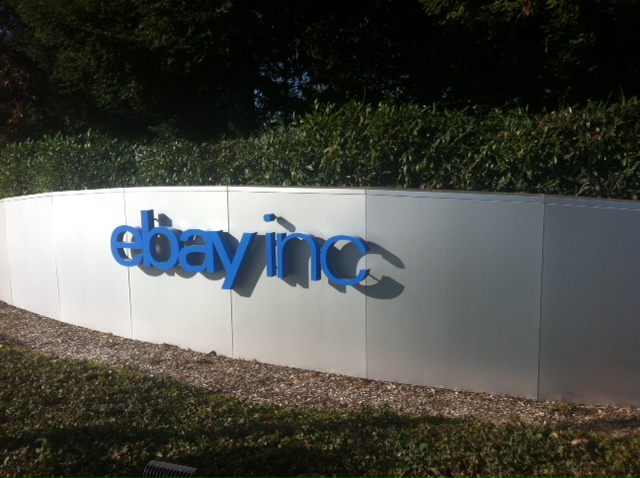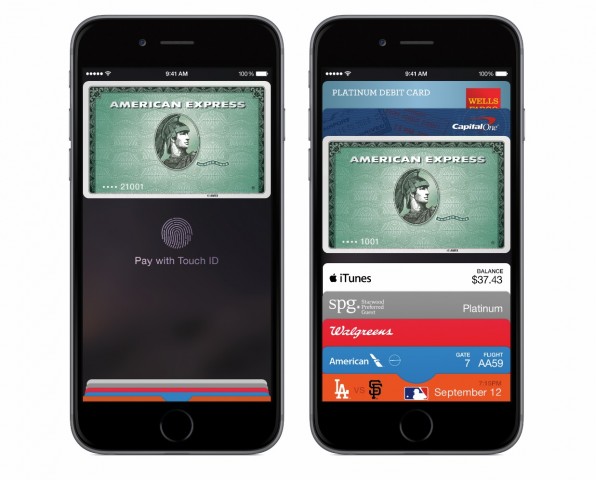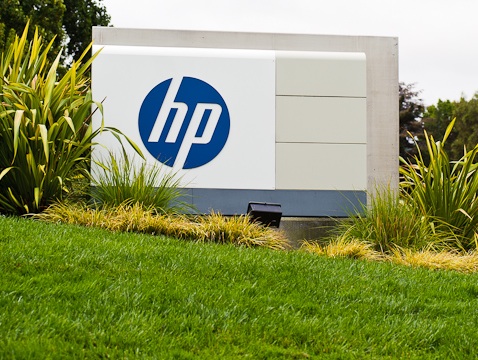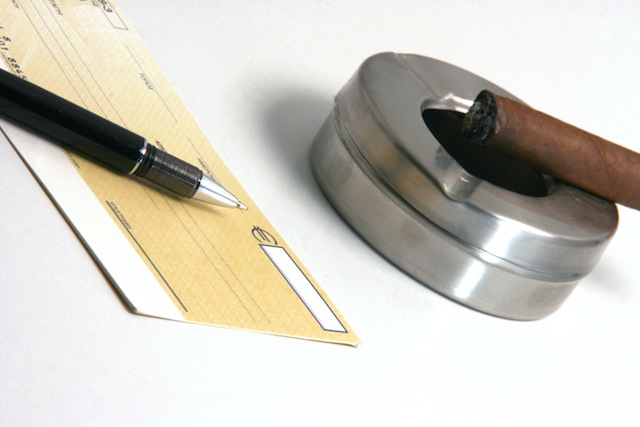Just how mismatched PayPal and eBay were is now becoming apparent since the two companies separated last year.
Yesterday, PayPal beat the street with 23 percent growth in its payment figures along with an additional six million new users. The company’s stocks rose 17% following the news.
For eBay’s investors the news wasn’t so good with the company reporting no increase in US sales over the key Christmas buying quarter despite the National Retail Federation reporting a nine percent gain for the entire industry.
One of the main criticisms of eBay being part of PayPal was that there were no reasons for the two companies to be joined and so it is proving now they have gone back to separate entities.
For eBay, it’s hard not think that the opportunity has passed with the market moving on from the days of households selling their unwanted items to e-commerce now being a major industry dominated by traditional chains and, most menacingly, Amazon.
While PayPal is travelling better its business is still under great threat from other payment platforms, particularly while much of its revenue is still locked into desktop software. Shifting to more API and mobile based streams is going to be essential for the company wanting to compete in a very changed marketplace.
The failed PayPal-eBay venture will go down as one of the great missed opportunities of the first Dot Com wave as both companies were distracted from growing while the industry evolved over the last decade. No doubt some of today’s unicorns will suffer the same fate as they respond to a changing marketplace.




